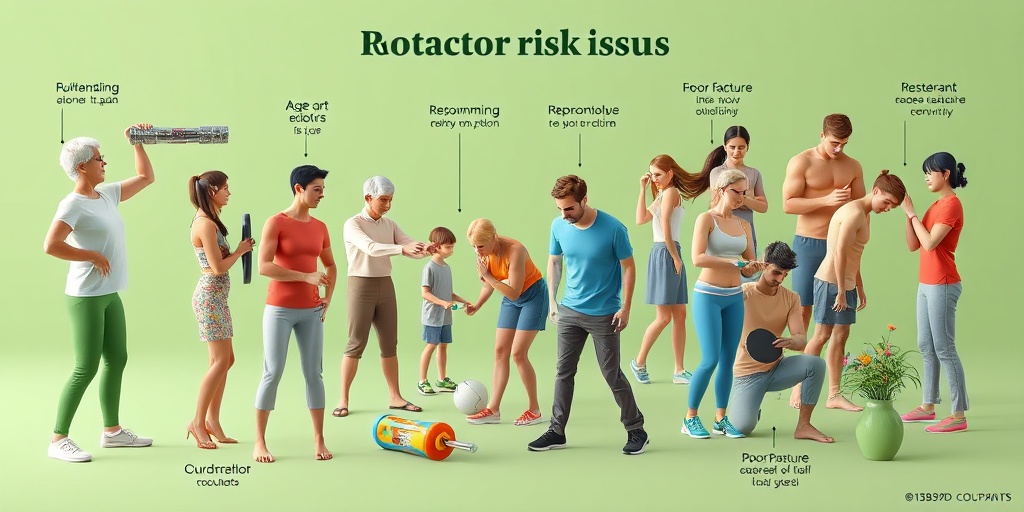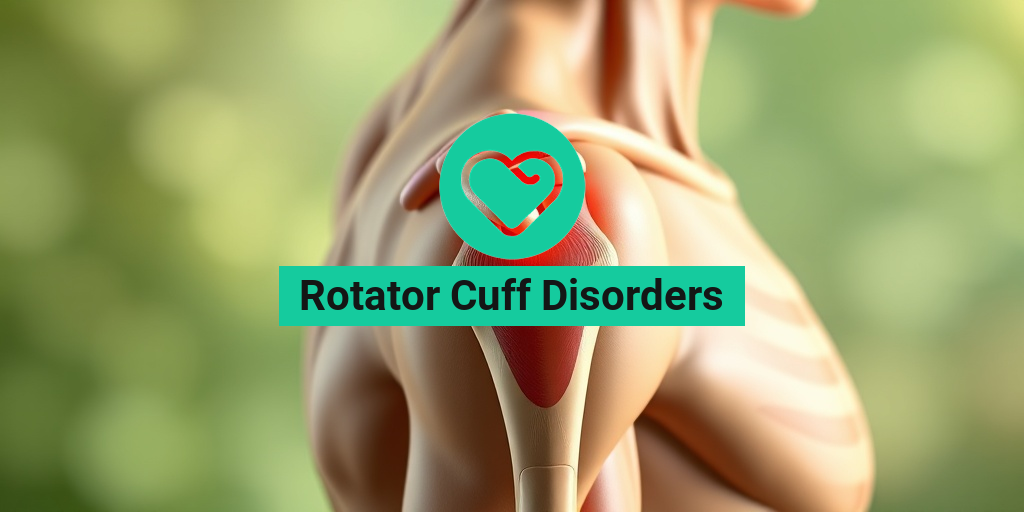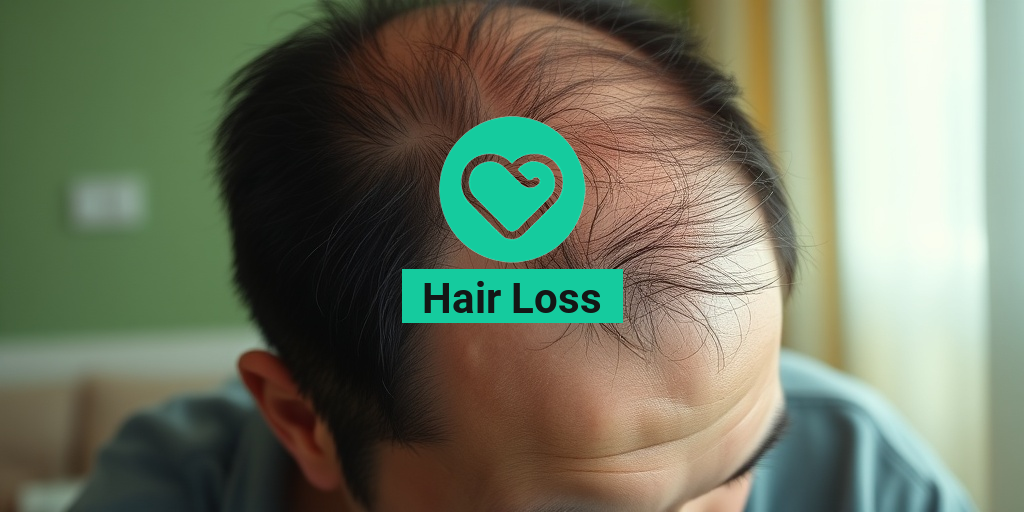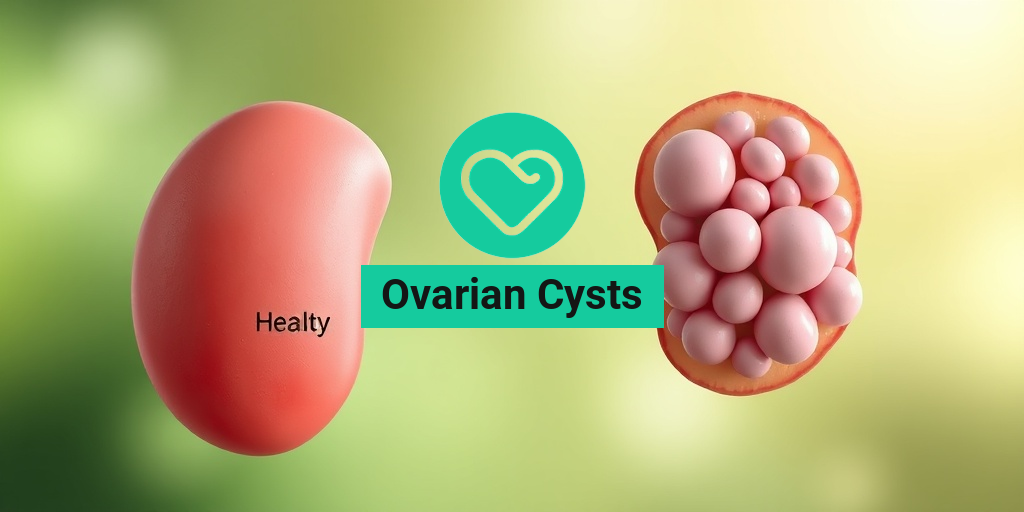What Are Rotator Cuff Disorders?
The rotator cuff is a group of four muscles and their associated tendons that stabilize the shoulder joint and allow for a wide range of arm movements. Rotator cuff disorders refer to a variety of conditions that affect this crucial part of the shoulder, leading to pain, weakness, and limited mobility. These disorders can arise from acute injuries, chronic wear and tear, or degenerative changes over time.
Types of Rotator Cuff Disorders
Understanding the different types of rotator cuff disorders can help in identifying the right treatment and management strategies. Here are the most common types:
- Rotator Cuff Tears: These can be partial or complete tears of the rotator cuff tendons, often resulting from acute injuries or chronic degeneration.
- Tendinitis: Inflammation of the rotator cuff tendons, usually caused by repetitive overhead activities.
- Bursitis: Inflammation of the bursa, a fluid-filled sac that reduces friction between the rotator cuff and the shoulder bones.
- Impingement Syndrome: Occurs when the rotator cuff tendons are compressed during shoulder movements, leading to pain and restricted motion.
Each of these conditions can significantly impact daily activities, making it essential to recognize the symptoms early and seek appropriate treatment. If you’re experiencing shoulder pain, consider consulting a healthcare professional or visiting Yesil Health AI for evidence-based health answers.
Rotator Cuff Symptoms
Identifying the symptoms of rotator cuff disorders is crucial for timely intervention. While symptoms can vary depending on the specific condition, some common signs include:
Common Symptoms
- Pain: This is often the most prominent symptom, typically felt in the shoulder and upper arm. The pain may worsen with overhead activities or at night.
- Weakness: Individuals may experience weakness in the shoulder, making it difficult to lift objects or perform daily tasks.
- Limited Range of Motion: Difficulty in moving the arm, especially when trying to reach overhead or behind the back.
- Clicking or Popping Sounds: Some may notice a clicking or popping sensation when moving the shoulder, which can indicate underlying issues.
When to Seek Medical Attention
If you experience persistent shoulder pain, weakness, or limited mobility, it’s important to consult a healthcare professional. Early diagnosis and treatment can prevent further damage and improve recovery outcomes. Conditions like rotator cuff tears or severe tendinitis may require more intensive interventions, including physical therapy or even surgery.
In summary, rotator cuff disorders can significantly affect your quality of life, but understanding the symptoms and types of disorders can empower you to take action. For more information on treatment options and management strategies, consider visiting Yesil Health AI, where you can find reliable health resources tailored to your needs. Remember, taking care of your shoulder health is essential for maintaining an active and fulfilling lifestyle! 💪✨

Causes of Rotator Cuff Disorders
The rotator cuff is a group of muscles and tendons that stabilize the shoulder and allow for a wide range of motion. When these structures are damaged or inflamed, it can lead to rotator cuff disorders, which can be painful and limit mobility. Understanding the causes of these disorders is crucial for prevention and treatment. Here are some common causes:
1. Overuse and Repetitive Motion
One of the primary causes of rotator cuff disorders is overuse. Activities that involve repetitive overhead motions, such as swimming, tennis, or painting, can lead to wear and tear on the rotator cuff. This repetitive strain can result in inflammation, tears, or degeneration of the tendons.
2. Age-Related Degeneration
As we age, our tendons naturally undergo changes that can make them more susceptible to injury. The rotator cuff tendons can become weaker and less flexible, increasing the risk of rotator cuff disorders. This degeneration is often seen in individuals over the age of 40.
3. Acute Injuries
Acute injuries, such as falls or accidents, can cause sudden damage to the rotator cuff. A rotator cuff tear can occur when there is a direct impact or when lifting something heavy improperly. These injuries can be quite painful and may require immediate medical attention.
4. Poor Posture
Poor posture can contribute to shoulder problems, including rotator cuff disorders. Slouching or hunching over can place additional stress on the shoulder joint, leading to inflammation and pain. Maintaining good posture is essential for shoulder health.
5. Bone Spurs
Bone spurs, which are bony projections that develop along the edges of bones, can also contribute to rotator cuff disorders. These spurs can rub against the rotator cuff tendons, causing irritation and pain. This condition is often seen in individuals with arthritis or other degenerative joint diseases.
Risk Factors for Rotator Cuff Issues
While anyone can develop rotator cuff disorders, certain risk factors can increase the likelihood of experiencing these issues. Understanding these risk factors can help individuals take proactive steps to protect their shoulder health.
1. Age
As mentioned earlier, age is a significant risk factor. The likelihood of developing rotator cuff disorders increases as individuals get older, particularly after the age of 40. This is due to the natural wear and tear on the tendons over time.
2. Occupation
Jobs that require repetitive overhead movements or heavy lifting can put individuals at a higher risk for rotator cuff disorders. Professions such as construction workers, painters, and athletes are particularly susceptible. If your job involves these activities, it’s essential to take breaks and practice proper lifting techniques.
3. Sports Participation
Engaging in sports that involve repetitive shoulder movements, such as baseball, swimming, or tennis, can increase the risk of rotator cuff injuries. Athletes should focus on strength training and flexibility exercises to support shoulder health and prevent injuries.
4. Family History
A family history of rotator cuff disorders may also increase your risk. Genetic factors can play a role in tendon health and susceptibility to injuries. If you have a family history of shoulder problems, it’s wise to be vigilant about shoulder care.
5. Previous Shoulder Injuries
If you’ve had a previous shoulder injury, you may be at a higher risk for developing rotator cuff disorders in the future. Previous injuries can weaken the shoulder and make it more susceptible to further damage. It’s crucial to follow rehabilitation protocols after any shoulder injury to ensure proper healing.
By understanding the causes and risk factors associated with rotator cuff disorders, individuals can take proactive steps to maintain shoulder health and prevent injuries. Whether through proper exercise, maintaining good posture, or being mindful of repetitive activities, awareness is key to protecting this vital part of the body. 🏋️♂️💪

Diagnosing Rotator Cuff Disorders
Diagnosing rotator cuff disorders can be a complex process, as these conditions often present with overlapping symptoms. The rotator cuff is a group of muscles and tendons that stabilize the shoulder and allow for a wide range of motion. When these structures are injured or inflamed, it can lead to pain, weakness, and limited mobility. Here’s how healthcare professionals typically diagnose these disorders.
Initial Assessment
The first step in diagnosing a rotator cuff disorder usually involves a thorough medical history and physical examination. During this assessment, your doctor will ask about:
- Your symptoms: When did the pain start? Is it constant or intermittent?
- Activities: What activities exacerbate the pain? Do you have a history of shoulder injuries?
- Medical history: Any previous shoulder surgeries or conditions?
After gathering this information, the doctor will perform a physical examination to assess your shoulder’s range of motion, strength, and any areas of tenderness.
Imaging Tests
If the initial assessment suggests a rotator cuff disorder, your doctor may recommend imaging tests to confirm the diagnosis. Common imaging techniques include:
- X-rays: These can help rule out other conditions, such as fractures or arthritis.
- Ultrasound: This test uses sound waves to create images of the soft tissues in your shoulder, allowing doctors to visualize the rotator cuff.
- Magnetic Resonance Imaging (MRI): An MRI provides detailed images of the rotator cuff and can reveal tears or inflammation.
In some cases, your doctor may also use an ICD-10 code to classify the specific type of rotator cuff disorder you have, which can help in treatment planning and insurance purposes.
Specialized Tests
To further evaluate the integrity of the rotator cuff, your doctor may perform specific tests during the physical examination. Some common tests include:
- Empty Can Test: This test assesses the supraspinatus muscle’s strength.
- Drop Arm Test: This evaluates the ability to control the arm when it is lowered from an elevated position.
- External Rotation Lag Sign: This test checks for tears in the rotator cuff by assessing the ability to hold the arm in an externally rotated position.
These tests help determine the severity of the injury and guide treatment options.
Rotator Cuff Treatment Options
Once diagnosed, the next step is to explore treatment options for rotator cuff disorders. The appropriate treatment will depend on the severity of the injury, the patient’s age, activity level, and overall health. Here are some common treatment approaches:
Conservative Treatments
For many patients, conservative treatments can effectively alleviate symptoms and promote healing. These may include:
- Rest: Avoiding activities that exacerbate pain is crucial for recovery.
- Ice Therapy: Applying ice packs to the shoulder can help reduce inflammation and pain.
- Physical Therapy: A physical therapist can design a personalized exercise program to strengthen the rotator cuff and improve flexibility.
- Medications: Over-the-counter pain relievers, such as ibuprofen or acetaminophen, can help manage pain and inflammation.
Injections
If conservative treatments do not provide relief, your doctor may recommend corticosteroid injections. These injections can help reduce inflammation and pain in the shoulder joint, allowing for improved mobility and function.
Surgical Options
In cases where conservative treatments fail, or if there is a significant tear in the rotator cuff, surgical intervention may be necessary. Common surgical procedures include:
- Arthroscopic Repair: This minimally invasive procedure involves using small incisions and a camera to repair the torn rotator cuff.
- Tendon Transfer: In cases of severe damage, a tendon from another part of the body may be used to replace the damaged rotator cuff tendon.
- Shoulder Replacement: In extreme cases, a partial or total shoulder replacement may be necessary.
Recovery from surgery can take time, and physical therapy is often essential to regain strength and mobility.
Exercises for Rehabilitation
Regardless of the treatment approach, incorporating specific rotator cuff injury exercises into your rehabilitation program can be beneficial. These exercises focus on strengthening the shoulder muscles and improving flexibility. Some effective exercises include:
- External Rotation: Using a resistance band, keep your elbow at your side and rotate your forearm outward.
- Internal Rotation: Similar to external rotation, but rotate your forearm inward.
- Scapular Retraction: Squeeze your shoulder blades together while keeping your arms at your sides.
Always consult with a healthcare professional before starting any exercise program, especially after an injury.

Rehabilitation for Rotator Cuff Injuries
Rotator cuff injuries can be debilitating, affecting your ability to perform everyday tasks. Whether you’ve experienced a rotator cuff tear or other related disorders, rehabilitation is crucial for recovery. This process typically involves a combination of physical therapy, exercises, and sometimes medical interventions.
Understanding Rotator Cuff Injuries
The rotator cuff is a group of muscles and tendons that stabilize the shoulder joint. Injuries can occur due to acute trauma, repetitive overhead activities, or degenerative changes over time. Common symptoms include:
- Pain in the shoulder, especially when lifting or reaching
- Weakness in the arm
- Limited range of motion
- Clicking or popping sounds during shoulder movement
Initial Treatment Approaches
Before diving into rehabilitation exercises, it’s essential to manage pain and inflammation. Initial treatment may include:
- Rest: Avoid activities that exacerbate the pain.
- Ice therapy: Apply ice packs to reduce swelling.
- Medications: Over-the-counter pain relievers can help manage discomfort.
Physical Therapy: A Key Component
Once the initial pain subsides, physical therapy becomes a vital part of rehabilitation. A physical therapist will design a personalized program that may include:
- Stretching exercises: To improve flexibility and range of motion.
- Strengthening exercises: Focused on the rotator cuff muscles and surrounding shoulder muscles.
- Manual therapy: Techniques to relieve pain and improve mobility.
Exercises for Rehabilitation
Here are some effective exercises that may be included in your rehabilitation program:
- External rotation: Using a resistance band, keep your elbow at your side and rotate your forearm outward.
- Internal rotation: Similar to external rotation, but rotate your forearm inward.
- Shoulder blade squeeze: Sit or stand with your arms at your sides and squeeze your shoulder blades together.
- Wall slides: Stand with your back against a wall and slide your arms up and down.
Always consult with a healthcare professional before starting any exercise program, especially if you have a rotator cuff disorder or have been diagnosed with a specific condition like a rotator cuff tear.
Monitoring Progress
Regular follow-ups with your healthcare provider or physical therapist are essential to monitor your progress. They can adjust your rehabilitation plan based on your recovery and any challenges you may face.
Preventing Rotator Cuff Disorders
Prevention is always better than cure, especially when it comes to rotator cuff disorders. By adopting certain practices, you can significantly reduce your risk of injury.
Understanding Risk Factors
Several factors can increase the likelihood of developing rotator cuff disorders, including:
- Age: The risk increases as you get older.
- Repetitive overhead activities: Jobs or sports that require frequent lifting can strain the rotator cuff.
- Poor posture: Slouching can lead to shoulder problems.
Effective Prevention Strategies
Here are some strategies to help prevent rotator cuff injuries:
- Warm-up properly: Always warm up before engaging in physical activities.
- Strength training: Focus on strengthening the shoulder and upper back muscles.
- Flexibility exercises: Incorporate stretching into your routine to maintain flexibility.
- Use proper techniques: Whether lifting weights or performing sports activities, ensure you use the correct form.
Listening to Your Body
Pay attention to any signs of discomfort or pain in your shoulder. If you experience persistent pain, it’s crucial to seek medical advice promptly. Early intervention can prevent minor issues from escalating into serious rotator cuff disorders.
Conclusion
By understanding the importance of rehabilitation and implementing preventive measures, you can maintain shoulder health and reduce the risk of rotator cuff injuries. Remember, a proactive approach is key to a pain-free and active lifestyle! 💪

Frequently Asked Questions about Rotator Cuff Disorders
What are Rotator Cuff Disorders?
Rotator cuff disorders refer to a range of conditions affecting the rotator cuff, a group of muscles and tendons that stabilize the shoulder joint. These disorders can include tears, tendinitis, and impingement, leading to pain and limited mobility.
What are the common symptoms of Rotator Cuff Disorders?
- Pain in the shoulder, especially when lifting or reaching.
- Weakness in the arm or shoulder.
- Limited range of motion in the shoulder joint.
- Clicking or popping sounds during shoulder movement.
How are Rotator Cuff Disorders diagnosed?
Diagnosis typically involves a physical examination, patient history, and imaging tests such as X-rays or MRI scans to assess the condition of the rotator cuff.
What are the treatment options for Rotator Cuff Disorders?
Treatment options may include:
- Physical therapy to strengthen shoulder muscles.
- Medications for pain relief and inflammation.
- Injections of corticosteroids to reduce swelling.
- Surgery in severe cases, such as a rotator cuff repair.
What exercises can help with Rotator Cuff Disorders?
Exercises that focus on strengthening the shoulder muscles and improving flexibility can be beneficial. Some common exercises include:
- External rotation with resistance bands.
- Shoulder blade squeezes.
- Wall angels to improve mobility.
What is the ICD-10 code for Rotator Cuff Disorders?
The ICD-10 codes for rotator cuff disorders vary based on the specific condition. For example, rotator cuff tear may be coded as Joints and soft tissue disorders under M75.1 for the right shoulder and M75.2 for the left shoulder.
Can Rotator Cuff Disorders be prevented?
While not all rotator cuff disorders can be prevented, certain measures can reduce the risk:
- Regular stretching and strengthening exercises.
- Avoiding repetitive overhead activities.
- Maintaining good posture during activities.
When should I see a doctor for Rotator Cuff Disorders?
If you experience persistent shoulder pain, weakness, or difficulty performing daily activities, it is advisable to consult a healthcare professional for an evaluation and appropriate treatment.
Are there any lifestyle changes that can help with recovery?
Yes! Incorporating healthy habits such as maintaining a balanced diet, staying hydrated, and avoiding activities that exacerbate shoulder pain can aid in recovery.
What is the recovery time for Rotator Cuff Disorders?
Recovery time varies depending on the severity of the disorder and the treatment method. Generally, non-surgical treatments may take several weeks to months, while surgical recovery can take several months to a year.
Can I continue exercising with a Rotator Cuff Disorder?
It’s essential to consult with a healthcare provider before continuing any exercise regimen. They can recommend safe exercises that won’t aggravate your condition. 🏋️♂️




